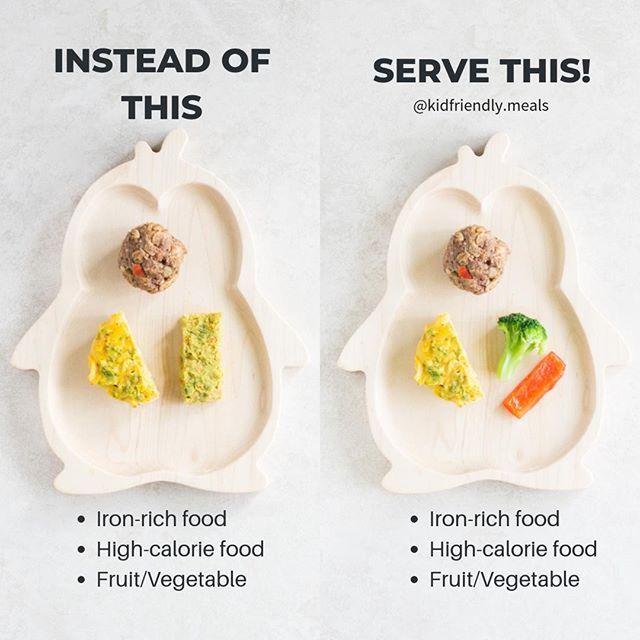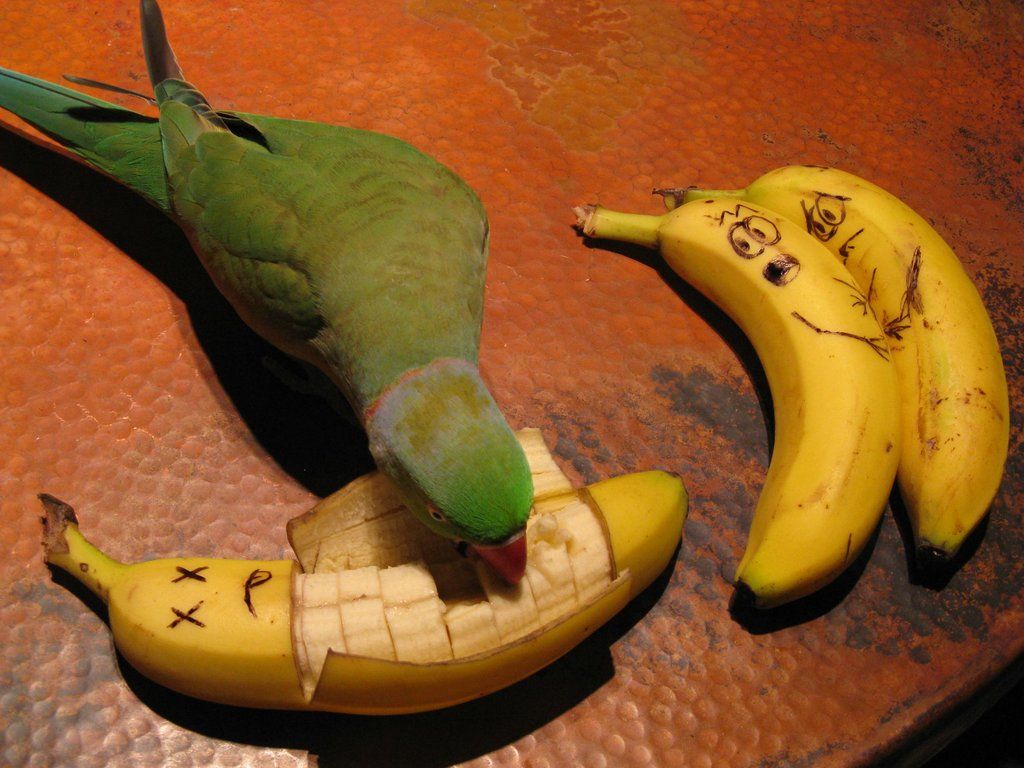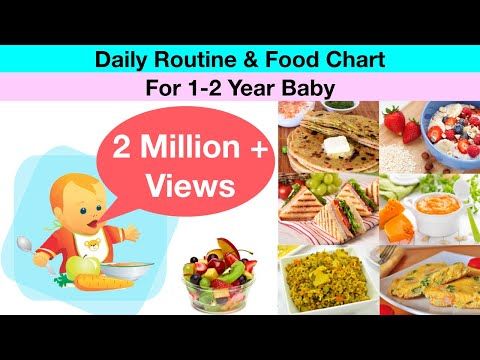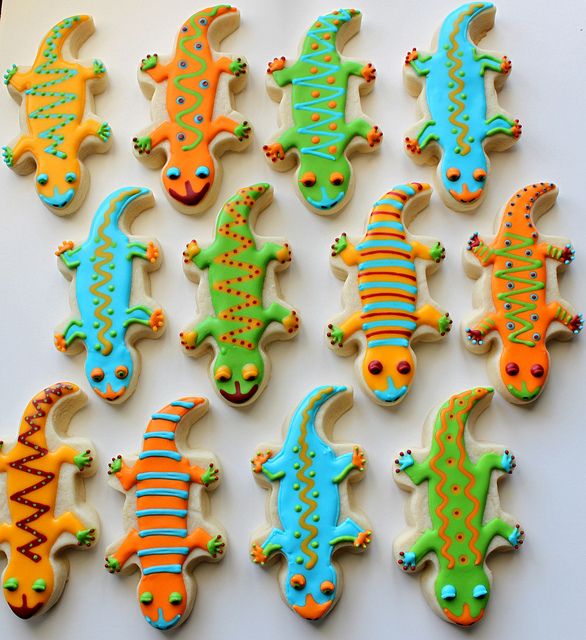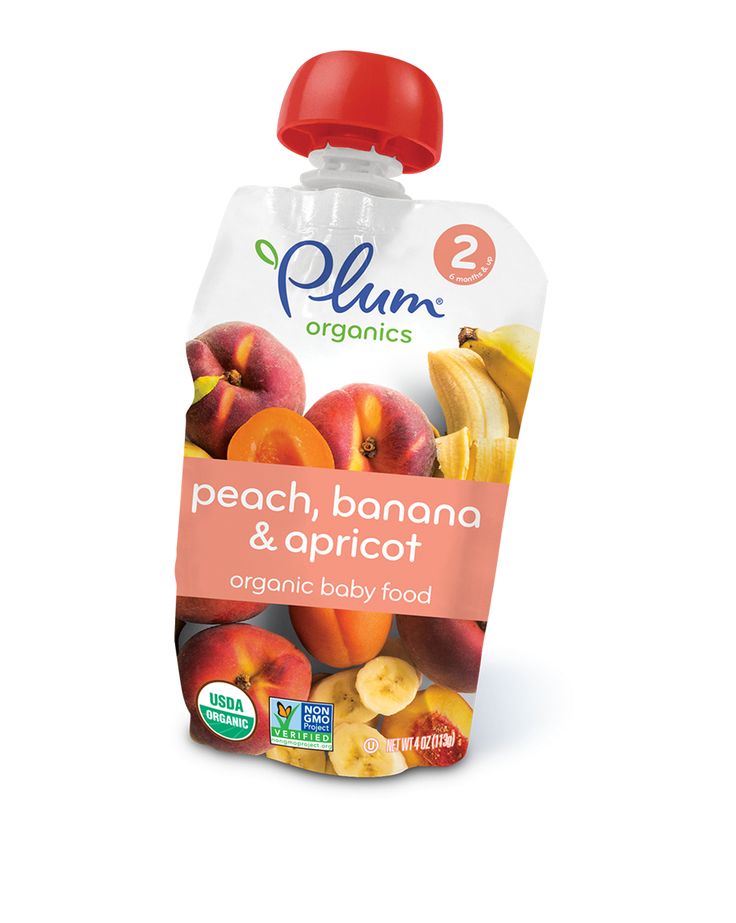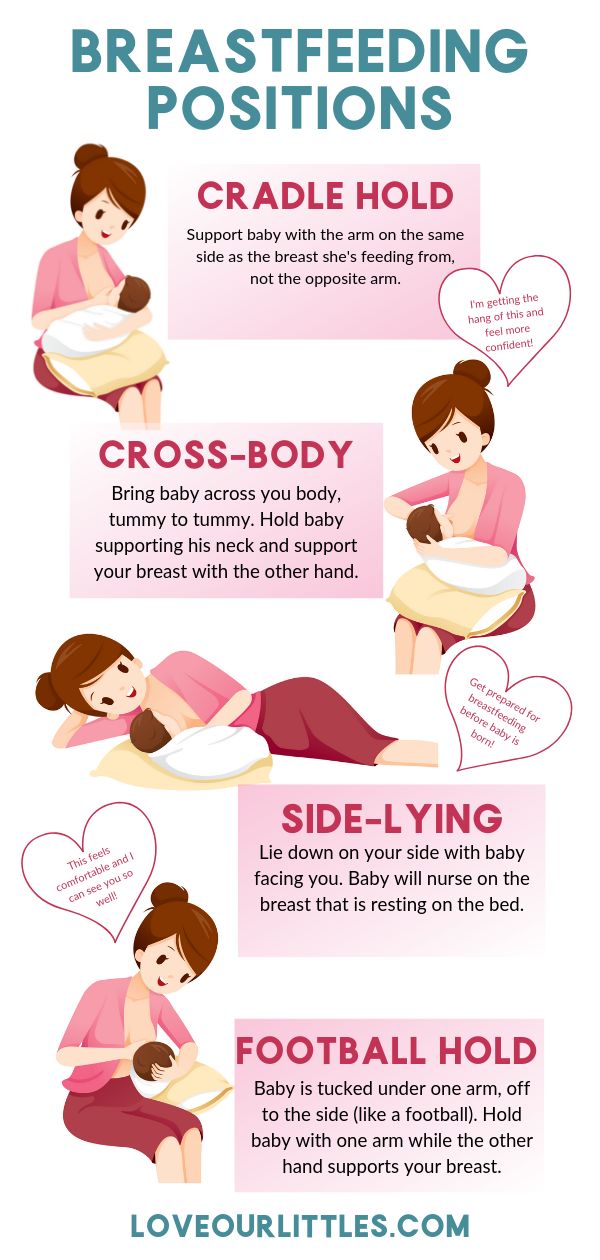How to tell if mother rabbit is feeding babies
Hand-Raising Baby Rabbits - Feeding, Vaccinations & More
Hand-raising baby rabbits can be tricky and demanding, requiring a lot of time and dedication. This responsibility should never be taken lightly, and some points should be considered before deciding to hand-raise a baby bunny.
First and foremost, it is important to be 100% sure that the mother rabbit isn’t feeding the babies. Unless the mother rabbit is known to be deceased, there is a good chance that she is feeding her babies, even if it appears that she might be ignoring them.
A mother rabbit does not constantly tend to her babies the way we might think. Instead, they generally feed their babies only once or twice per day and then leave them alone, which is normal and natural behaviour. In the wild, a mother rabbit generally stays as far away from the nest as possible to avoid attracting predators to her babies. She will only revisit the nest to feed her young.
Signs of Neglect
If you think the mother rabbit is “ignoring” her litter, have a look at the babies. If the babies’ tummies are round and full looking, they are warm, their skin is not wrinkled, and they are sleeping calmly in the nest, then the mother rabbit is likely feeding them. If the babies are wrinkled, cold or have shrunken bellies, then this is a sign you may have to intervene.
Handling Newborn Rabbits
Before handling the babies, you must wash your hands well. This removes bacteria and eliminates any smells from other objects or animals that can stress the babies. Once your hands are clean, rub your hands in a bit of clean, fresh hay and on the mother rabbit’s fur to scent your hands.
Feeding Newborn Rabbits
Before starting any syringe or bottle-feeding, it is worth trying to get the babies to feed off their mum. There are a couple of ways to do this.
-
- Hold the mother over the babies in the nest to give the babies enough time to feed.
- Another option is to hold the mother rabbit on her back in your arms and gently try to put each baby onto a nipple to self-feed.
 Sometimes it is helpful for the babies if a small amount of milk is expressed from the nipple to entice the baby to suckle.
Sometimes it is helpful for the babies if a small amount of milk is expressed from the nipple to entice the baby to suckle.
If these two methods prove unsuccessful is not successful, then you may need to start hand-raising.
Providing Warmth
It is best to keep the babies in a warm, quiet place in a nest. Bunny fur is the best lining for the nest, but clean cotton wadding will do as a substitute. Just be sure the babies do not get tangled in it. For heating, two or more babies usually can snuggle and keep each other warm if they have a good nest. If there’s only one baby, a warm water bottle or heat pack wrapped in a soft towel can provide an excellent heat source however be sure the baby can crawl away if it feels too warm.
Formula and Feeding Supplies
We recommend using the Wombaroo Rabbit Milk as it is well balanced and contains a ‘milk oil’ equivalent which is important for baby rabbits. It comes as a powder that can be mixed with warm water to make milk for the babies. All the mixing instructions are on the box. Wombaroo Rabbit Milk can be purchased from The Unusual Pet Vets, some veterinary clinics and pet stores.
All the mixing instructions are on the box. Wombaroo Rabbit Milk can be purchased from The Unusual Pet Vets, some veterinary clinics and pet stores.
You will also need some small plastic syringes for feeding the milk to the babies. These are available from the Unusual Pet Vets, as well as some pharmacies.
You can also purchase small plastic feeding bottles and plastic teats from some large pet shops; however, you will need to buy the smallest teat possible as usually the puppy and kitten ones are too big. Most baby rabbits will feed from a syringe without a problem.
A small set of scales to weigh the baby rabbits will also be required. The amount of milk to feed is dependent on the baby rabbit’s weight. There is a weight chart on the Wombaroo Rabbit Milk box and the mls of milk to be fed over 24 hours. How much the baby rabbit will take in one feeding session depends on how frequently you have the feed them.
Feeding Procedure
When feeding, it is important to prevent aspiration (inhalation) of the formula by the babies.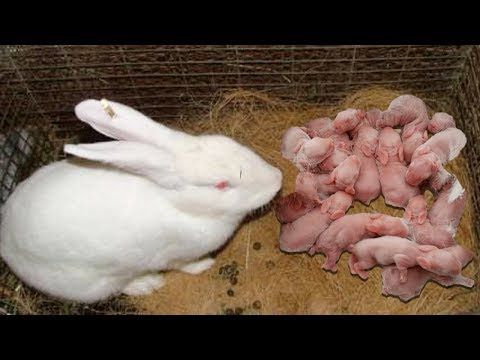 The smallest drop of formula in the lungs can cause fatal pneumonia within a few hours. The following instructions provide a step-by-step feeding guide:
The smallest drop of formula in the lungs can cause fatal pneumonia within a few hours. The following instructions provide a step-by-step feeding guide:
Step 1
Make sure all your syringes and bottles have been washed before use.
Step 2
Baby rabbits can be wiggly and unpredictable, so ensure they are fed in a safe place where they cannot fall.
Step 3
Hold the baby upright (or in some cases on their back gently) in one hand and the bottle/syringe in the other.
Step 4
Babies often resist feeding at first, and you must overcome the temptation to force-feed. If the baby doesn’t accept the teat or syringe, then wet the baby’s lips with a drop of warm formula so they will hopefully lick it off. Once they have swallowed that, repeat the procedure over and over. Be persistent and gentle. In most cases, the baby will soon learn about feeding time and take the formula willingly though they may not do this on the first feeding.
Step 5
Do not be too forceful and squeeze too much formula into the baby rabbit’s mouth.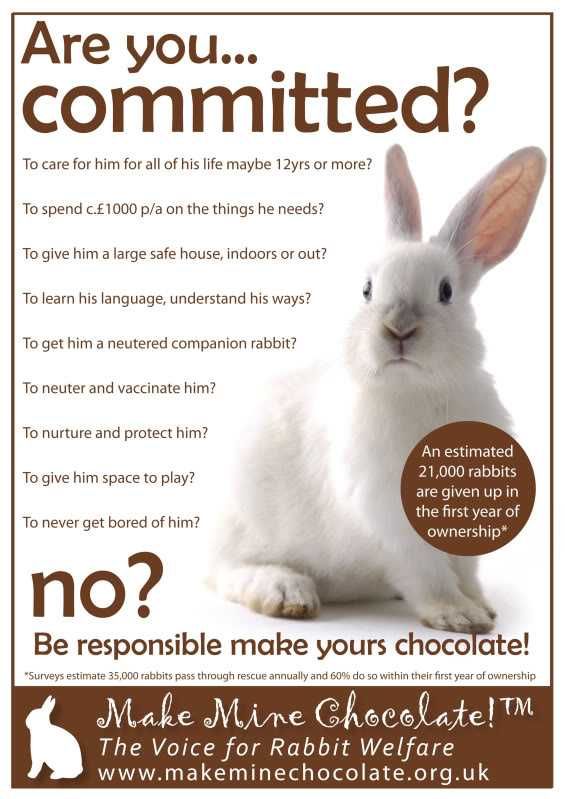 They can aspirate milk quite easily, so only drip the formula slowly for the baby to lick up.
They can aspirate milk quite easily, so only drip the formula slowly for the baby to lick up.
Step 6
If the baby grabs the teat and begins suckling, allow them to do so without adding any pressure yourself. The baby should be able to suckle with enough strength to empty the bottle or syringe without any help from you. If you provide extra force, the baby may accidentally aspirate formula that’s coming in too fast.
Step 7
If the baby does not suckle, it’s generally not a major problem. Most will learn to lap/sip from the tip of the teat, and this is safer in many cases as it does reduce the risk of aspiration. Try to hold the teat/syringe tip sideways or down-pointed (so the plunger is lower than the tip) relative to the mouth to further reduce the risk of aspiration.
Step 8
Until they open their eyes, handle the babies as little as possible when you’re not feeding.
Urination and Defecation
Many newborn mammals cannot urinate/defecate on their own. Many baby bunnies will require the stimulation of the mother’s grooming tongue on their bellies and genital region in order to release a stream of urine and faeces. If you are hand-raising, then you will need to try to mimic this behaviour. To do this, use a cotton ball moistened with warm water, and gently tap/rub the urogenital area until you feel the baby’s abdominal muscles tense and release a stream of urine or pass faeces. Getting this response may take 15-20 seconds of stimulation, or even more in some cases.
Many baby bunnies will require the stimulation of the mother’s grooming tongue on their bellies and genital region in order to release a stream of urine and faeces. If you are hand-raising, then you will need to try to mimic this behaviour. To do this, use a cotton ball moistened with warm water, and gently tap/rub the urogenital area until you feel the baby’s abdominal muscles tense and release a stream of urine or pass faeces. Getting this response may take 15-20 seconds of stimulation, or even more in some cases.
Baby rabbits’ eyes open at about 10 days of age. Once this occurs, you can gradually introduce them to timothy and oaten hay, pellets, small amounts of green vegetables, and water in a shallow dish.
By 2 – 4 weeks of age, normally, baby rabbits will start eating their mother’s caecotrophs to keep their gastrointestinal tract full of good bacteria. If you have access to the mother rabbit or another healthy rabbit’s caecotrophs – mix them with some formula or some warm water and syringe feed this to the babies. It is good to repeat this 2 or 3 times over a 2 – 3 week period to help them establish normal gastrointestinal flora.
It is good to repeat this 2 or 3 times over a 2 – 3 week period to help them establish normal gastrointestinal flora.
Weaning
A mother rabbit feeds her babies for about 3 – 6 weeks, gradually decreasing the frequency of feedings until they lose interest. Your baby bunnies will start to nibble solid food at about the age of two to three weeks, but this does not mean they are ready to be weaned.
If the babies still beg for nursing by the age of 6-8 weeks, you can begin to dilute the formula with clean drinking water to help the weaning process. Start with 25% water to 75% formula, and gradually decrease the percentage of milk until the babies lose interest.
Baby rabbits can then be rehomed to new families by 8 weeks of age, as long as they are fully weaned and eating solids well on their own.
Vaccinations
Baby rabbits should then be vaccinated against Calici Virus when they are eight weeks old, then a booster is required four weeks later, and then bi-annually from then on.
Sterilisation
Rabbits can generally be sterilised from 4 months of age for males and 5 months for females. Male and female baby rabbits should be separated from each other by 10 – 12 weeks of age to prevent any early pregnancies.
If you have any further questions, please don’t hesitate to get in touch with us or book an appointment with a rabbit vet.
What To Do About It
This post may contain affiliate links. If you choose to purchase through a link on my site I may receive a commission at no extra cost to you.
Knowing how to tell if your mother rabbit is feeding her babies will help you have more successful litters.
You will learn how to step in if you see a few baby rabbits not getting fed and eventually have more surviving kits.
Babies not getting fed, I would say, is the most common reason for losses in rabbit litters. Next to the mother stepping on the babies. You can read this post if you are having trouble with that.
Free Backyard Farm Profit Calculator
Go from broke to thriving in your backyard farm. Figure out how much your farm needs to make to cover costs OR become a side hustle.
Get Your Copy
First off I want to clarify that just because a baby is not getting fed it’s not that the doe (mother rabbit) means to. Sometimes babies don’t always get to momma quick enough and one sibling will take over all the food.
Let me clarify that I am talking about domestic baby rabbits. Not wild. I have no experience with wild ones and they are VERY different from domestic kits.
How Do I Know If My Mother Rabbit Is Feeding Her Babies?
The short answer is their bellies are round and full. And they will not have any wrinkles across their back. ( You can see an example of this further down.)
But let’s get into some more detail about how to fix it. Because you wouldn’t be googling it if your babies were healthy right?
You Might Not See Your Mother Rabbit Feeding The Babies
Just because you never see the doe with her kits does not mean that she has not fed them. Which is why learning what the kits should look like is very important.
Which is why learning what the kits should look like is very important.
Rabbits will stay in the nest box to feed their rabbits for maybe 5 minutes tops. If all of the babies don’t get their food in that time. They will miss out until next time.
It’s not uncommon to not see your mother rabbit feeding her babies. Seeing the doe feeding her babies underneath her has only happened MAYBE 3 times in the 12 years I’ve been raising french lops. I NEVER saw the Jersey Wooly’s in with their babies which is the breed I raised before that.
Unless you have been raising rabbits for a long time you most likely will not see the does feeding her babies.
Every once in a while I have a doe that just does not care and will jump in the nest box with me there but that is not common.
Most of the time, if I go out to the caging area while she is feeding, the mother will jump out of the nesting box. (If I see her before she jumps out I will come back in a few minutes after she is done feeding. )
)
Her natural instinct is to run away from her nest to get any kind of danger to follow her and not cause harm to her babies. That is amazing, isn’t it!
Reasons Your Mother Rabbit Might Not Be Feeding Her Babies
There are a few reasons why a rabbit might not feed her babies. Some you can fix and some you can’t. Try to fix what you can and don’t feel bad about what happens.
If the mother is a first-timer she may not know what to do.
A perfect example was a doe I had this summer. She had her first litter and she didn’t try to feed them for a full 24hrs.
I also think it took a while for her milk to come in. But it started slowly and I was able to hand feed the babies until her milk came in.
But once it did she was a pro. She kept all of her babies fed and they are now big and strong.
If your doe has milk you should be able to see milk around her nipples on the underside of the doe.
If she has milk and you think the does isn’t feeding her.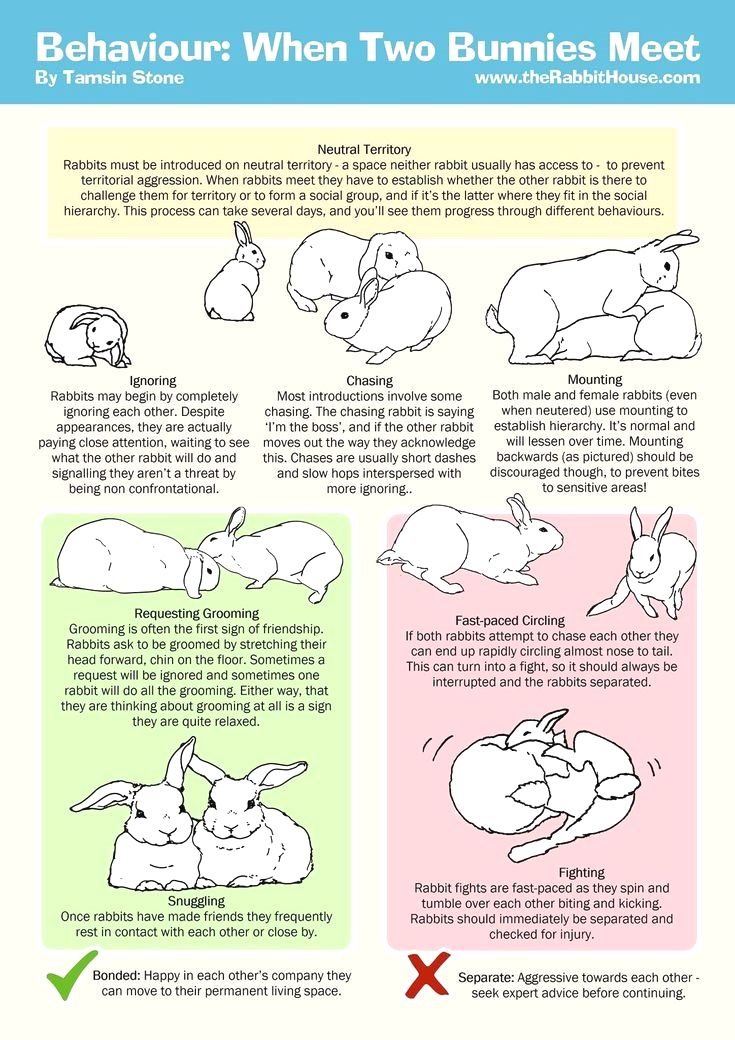 You might have to help the kit’s nurse a time or two and after that, her instincts should kick in and she should feed the babies on her own. Keep reading to find out how.
You might have to help the kit’s nurse a time or two and after that, her instincts should kick in and she should feed the babies on her own. Keep reading to find out how.
Your Doe Does Not Have Enough Milk
Secondly, the mother may not be making enough milk.
Or she may not have any at all. (Her not having any at all is far less common than just not having enough.)
It’s not easy to tell like a cow or goat. Rabbits will have little puddles around their teets if it is full of milk. If the doe has picked a lot of fur for the nest that will help to see.
If you need to trim the hair around her belly then do that. But just be careful not to cut your doe. Using buzzers like these will be safer than scissors.
With rabbits, it is very hard to make their milk come in. Your rabbits should never be without water but make sure the doe has more than enough.
Something new I have been doing over the past year or two that is making a huge difference is putting electrolytes in the does water right after she gives birth.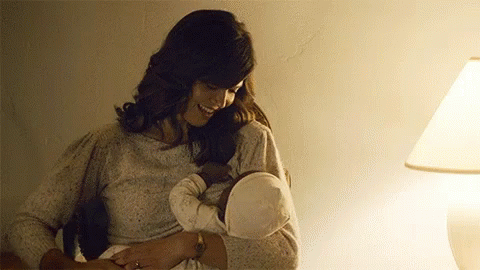 Check these out on Amazon.
Check these out on Amazon.
The does are a lot more energetic and the babies are getting fed more.
Check out the #1 tool I use to tell me when my does are going to deliver their babies and plan upcoming litters. – Click Here To Learn More
Herbs That Can Help A Mother Rabbit Produce More Milk
Borage, Fennel, and Dandelion are the three best herbs that will be the easiest to find and will increase the doe’s milk flow.
The problem with going the herb route is the baby rabbits need to be fed asap by the time you start to notice a problem. The kits likely can’t wait until the herbs kick in.
So consider adding to your normal routine of feeding the does before they deliver regardless. Or having hand feeding supplies on hand so you can feed the kits while you are waiting on mommas milk to come in.
The latest on Youtube:
↤ Watch Now
See all my videos ↦
One or two babies are hogging all the food.

If most of the litter is doing well but there are a few baby rabbits that don’t look like they are growing well. This is probably your issue.
Their bellies will be flat and will have lines across their back like you see in the image below.
You likely have a few (or one in particular) of the stronger babies pushing the weaker ones out of the way. Mamma does not have control over who gets there first.
Solution: In this case, you have to help the weaker ones get some food so they can get enough strength to fend for themselves. After about two to three days of helping them feed they should be strong enough to do it on their own.
Example: Here is a perfect example of one baby being a total food hog. She was double the size of the babies until she left. The owner touched base with me after she was over a year old and she is still huge.
How To Help The Kit Nurse If The Mother Rabbit Is Not Feeding Her Babies
If you decided you need to help one of the baby rabbits nurse here are a few ways to do that. You may need a second pair of hands if they are available to you. If not don’t worry you can do it!
You may need a second pair of hands if they are available to you. If not don’t worry you can do it!
- Take momma out of her cage and place her on a table high enough you don’t have to bend over. Or you can grab a seat for yourself to sit on.
- Feel around on the does belly to see if you can feel where there might be more milk than another spot. Her milk runs along her underside from her behind her front legs all the way back to the front of her hind legs. If she is full of milk you will feel little puddles around her nipples.
If she is really full then this should be easy to feel. If not you just might have to guess or clip some fur to make it easier to see.
If you really don’t see any then you might have to hand feed a baby until she produces milk. Or consider fostering the kits to another doe.
When you are ready to help the baby feed. Take the baby you want out and hold him up to the does belly close to one of her nipples.
Just be sure to hold on to the kit well because it will go crazy when it smells mama or feels her fur touch it. Even if the kit is weak it will surprise you how much that critter can move.
If the kit is not getting any milk it will most likely detach and look for another nipple.
If the baby’s belly does not look like it is filling up at all try to help it get some more. If you get the belly to the point it does not look sunken in that will do wonders for the kit.
If you are not having any success with helping a baby rabbit nurse then you will need to try hand feeding.
Supplies To Hand Feed A Baby Rabbit
I keep milk replacer on hand I LOVE this type of whiskies cat milk. It has a sweet taste and is thicker than other milk replacers I’ve seen.
It can also stay un-refrigerated for quite a while if not opened. The small container makes it great for using a little bit for one litter rather than throwing out a whole carton of goat’s milk after you’re done. Check this kitten milk out on amazon.
The droppers and AMAZING and help feeding the babies really well.
Hold the baby as shown below. Place the dropper (or syringe) in the side of the baby’s mouth just enough to get it to open. I like to go from the side of the baby’s mouth so you are not damaging the teeth.
It’s also easier to get them to open their mouth that way. They should be more willing to suck with the feeder out in front of them. Just test it out to see what works.
Then drop a bit of the milk in. It might take a little trying to get the baby to feed. Once they realize it is food they tend to be more willing.
Don’t worry about overfeeding. The babies who get fed well from mom have huge bellies so try to get them to eat at least 2ml or 2 flent droppers full.
If they stop wanting to swallow they often are tired and are dozing off. Just come back and do some more later.
Supplies You’reyou’ll need
See On Amazon
See On Amazon
When babies start to go south they need to be fed quickly. Keep supplies on hand so you can fix the problem anytime you need to. I have to feed babies in almost every litter.
This image below is of a recent litter where one baby fought for his food and quickly outgrew the others. Two of the 5 it was raised with probably would not have made it if I had not hand-fed them until they got strong enough to feed on their own.
Once I learned how to start feeding the babies and spotting the ones that needed it everything changed. I started having far more kits survive and ultimately more income.
Start learning how to feed them just enough to give them a boost. You can do it. Promise cross my heart.
FAQs about baby rabbits not getting fed
Psssst…. Tired of your rabbits draining your wallet?
Introducing The Profitable Rabbitry Playbook
Learn the strategies that I use to make multiple four figures a year in my small 12-animal rabbitry.
How do you know if a rabbit is feeding her offspring?. Decorative rabbits
How do you know if a female rabbit is feeding her offspring?
The rabbits fed by the mother have rounded dense bellies, while the hungry ones have sunken ones. The skin of hungry rabbits will lie in folds due to dehydration of the body. They weaken, almost do not react or very sluggishly respond to your touch.
If babies are weak and show signs of dehydration (dehydration), it is best to seek veterinary care. You can put a drop of honey or fruit jam in your baby's mouth to raise their blood sugar levels and keep them there until you get to the vet or can give the babies breast milk again. nine0003
If the rabbits are hungry, check if the rabbit has milk. The nipples should be slightly swollen and free from hair: the rabbit tears out some of the hair from the chest and belly, not only to line the nest with it, but also to make it easier for the babies to get to the nipples. With light pressure on the nipples and imitation of sucking movements, a small amount of milk or a clear liquid should appear. If the female is lactating, return her to the pups and let her calm down. Check the kits the next day to make sure the mother has started to feed them. nine0003
As a rule, shortly after giving birth, the female rabbit begins to feed her offspring. If this does not happen, the reason most likely lies in some kind of physical pathology, and in order to save the rabbits, it is necessary to contact an experienced veterinarian as soon as possible.
If the female rabbit is out of milk or has done nothing to build the nest, take her to an experienced veterinarian immediately. The vet will most likely give your rabbit a small dose of oxytocin (a drug that stimulates the mammary glands). The rabbit should start feeding within the next 24 hours. nine0003
If you're worried about whether a female rabbit is feeding her babies on their first day of life, don't do anything until the next day. Some females begin to feed their offspring only in the evening of the 1st day or even on the 2nd day. If almost two days have passed and you see that the kids are hungry, contact your veterinarian. Oxytocin does not work if more than 48 hours have passed since the birth.
While waiting for the arrival of the veterinarian, you can let the babies suck on the mammary glands of the female, as sucking movements can sometimes cause milk to come out. The female rabbit that feeds the offspring stands, and the babies lie on their backs under it. nine0003
This text is an introductory fragment.
Own nest
Your own nest Every dog has a place in the house. You tell her: a place, and the dog goes to his bed. And the cat? And the cat may not go. And not because he does not understand this order of yours. She understands everything. But she can consider as her place a piece of territory not allotted by you,
Chapter 5.
Chapter 5 Bitch care during pregnancy As soon as you decide to get offspring from your dog, first of all, you should notice the first day of estrus. The first day is considered the day when you found the first, albeit pink, smear on the bedding
WILL THE CHAMPION PRODUCE GOOD OFFspring? (SELECTION OF MANUFACTURERS)
WILL THE CHAMPION PRODUCE GOOD OFFspring? (SELECTION OF MANUFACTURERS) When selecting producers for breeding work, they take into account the state of their health, age, ability to reproduce, conformation, individual working qualities, origin, negative
What is a "good breeding rabbit"
What is a "good breeding rabbit" A rabbit is considered good if she is able to consistently pass on her outstanding qualities (high fertility and productivity) to her offspring, give well-developed rabbits. To meet these requirements, she must0003
What is a "one-time rabbit"
What is a "one-time rabbit" One-time - these are young rabbits born in January - February, who are used for a tribe in the year of their birth to receive one or two births. The use of rounds from one-time rabbits can significantly increase the profitability of the farm.
videos, useful tips and tricks
9Rabbits and nutria After the birth of babies, feeding them is an important task. How the rabbit feeds the rabbits, you can watch in the video below. Also in our article you will learn important points and recommendations.Contents:
- 1
Maternal tasks
- 2
Well-fed rabbits: how to find out?
- 2.1
What if the rabbit does not feed the babies?
- 2.1
- 3
Photo gallery
- 4
Video “Newborn rabbits”
Maternal tasks
, which has maternal instinct, a few days before the appearance of babies begins to prepare a place, which may appear in the form , paper in the corner of the cage, pulling out their own fluff. This is done so that newborn rabbits, who are born without wool, do not freeze when their mother is not around. nine0003
The rabbit's milk arrives after birth, so she can immediately start the first feeding. With traditional, natural feeding, the female feeds the babies infrequently. The number of meals is 1, sometimes 2 times a day, but she can fully feed no more than 8 rabbits and requires enhanced nutrition after birth.
Most often this happens at night with absolute silence. How many rabbits are in the nest, so much the rabbit will feed. If one rabbit crawled away from the nest, then the mother will not look for him to feed him, and he may die. Therefore, it is worth making sure that the kids are near a place specially designated for them. And those who accidentally crawled out or ended up outside the nest must be carefully returned. nine0003
After 10 days, the eyes of the rabbits open and they begin to move around the cage. At the age of 2-3 weeks, they can try roughage, while milk must remain in their diet.
After 45 days, you can think about transplanting the offspring separately from the mother. If frequent mating is practiced on the farm, then babies can be planted earlier. In the case of rearing broilers, rabbits are separated from the rabbit after 2 months. nine0003
It is also important to take into account the fact that after 3-4 days without feeding, the mother's milk disappears and it will not be possible to restore lactation.
Well-fed rabbits: how to find out?
Since the rabbit has only 8 nipples, the most agile and strong make their way to them. At the same time, they can trample the weak. If there is a lot of milk, then everyone has time to eat: first the most nimble and strong, then those who did not have time. If about 15 rabbits were born in the offspring, then you should take care to move some to another female who has few babies. nine0003
It's nice to see little rabbits sleeping sweetly after a heavy meal. But does the rabbit always make sure that they are full. Those babies who consume milk well and enough have moderately round tummies, similar to tight drums. Then you can be completely sure that they ate well.
If their bellies are hollow, their skin is wrinkled, and they look weak, it is necessary to check if the female has milk. Sometimes you can see a picture of how the babies lie in the nest not in a pile, but one at a time. This means that they were looking for their mother and remained hungry (except when the nest is too hot). The first thing to do in this case is to warm them up. nine0003
In order to determine if a female rabbit is lactating normally, do the following:
- take the female out of the cage, lay her on her back, placing her on her knees or on a table;
- examine the nipples, they should be slightly swollen;
- squeeze the nipple with your fingers until a little milk or translucent liquid comes out.
This procedure may indicate that there is enough milk. If lactation is disturbed, it is urgent to contact a veterinarian and take action. On the video from the Neriman Hesenov channel, you can watch the feeding process. nine0003
What if the rabbit does not feed the babies?
No matter how good and caring a rabbit is, for unknown reasons she can stop feeding offspring. Some farmers are trying to solve this problem by using artificial milk. But this is not a very good way. On artificial nutrition, rabbits can die for 3-4 days, and the one who survives develops poorly and does not live long.
The force-feeding method can be used. In this case, the participation of two people is desirable. One should hold the rabbit and her hind legs, and the second should put the rabbits in and make sure that they can eat. It may happen that the rabbit will get nervous and try to run away. It's worth the effort to keep it in place.


